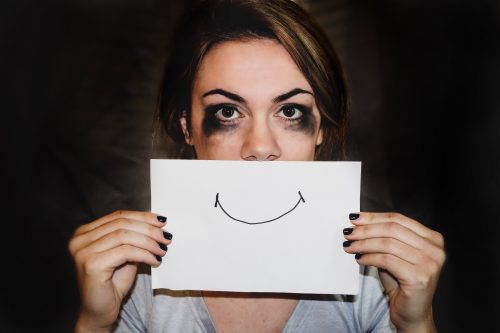STUDENT EDITORIAL: Mental Health Education is Necessary for Vulnerable Teens

Mental Illness is something many people have to deal with silently. Teens struggle with their mental health more than any other age demographic. Everyone knows someone who is struggling with mental illness, even if they don’t know it.
It is clear that mental illness is a pandemic, especially among teenagers. I’ve talked to someone in that demographic that struggles with mental illness. This person walks the halls at Neshannock. They are someone’s child, someone’s sibling, and someone’s friend. I will not reveal the identity of this person per their request. I will also say that they have never attempted self-harm, nor contemplated suicide.
When we think of mental health, though, suicide is something we associate with mental health issues. Suicide is the 10th most common cause of death in all demographics, but it is the 3rd most common cause of death in teenagers. Suicide is only beat by car accidents and homicide. An alarming 17% of students in a survey conducted by the CDC claimed to have contemplated suicide, the highest of any age demographic. Due to the fact that mental health is rarely talked about, the exact number of people struggling with mental illness cannot be known.
Only 4% of students in the United States are required to be educated on mental health. This is because it is only mandated in the states of Virginia and New York. That means 94% of students in the United States receive adequate education on mental illness.
I asked my interviewee if they felt that they received adequate education on the topic of mental health at Neshannock. Their response was, “No, mostly in health class, it is brought up, and is told that depression just makes you sad, so you really don’t know what depression really is and you don’t know where to turn.” I agree with that statement.
The only time it was brought up was in Health class. As demonstrated by my interviewee, education is brief, old fashioned, and doesn’t provide all the content vulnerable teens need. Teens spent months in driver’s education to avoid crashes, but mental health is nothing but a passing thought.
There is an idea that people are over diagnosing sadness, or being worried as mental illness; maybe they wouldn’t if they were educated. Education on mental illness can curb not only suicides but drug use. 44% of all tobacco sold in the US is sold to someone with depression. Substance abuse and mental illness are deeply intertwined. Why do we not spend equal amounts of time learning about all mental health as we do learning about cigarettes?
Understanding when you have a mental disorder needs to be taught in school. Understanding when someone you are close to needs help. Knowing it is okay to talk about it needs to be taught in school. Children need to learn to talk about mental illness, and future parents need to learn to listen. In the words of my interviewee when asked if they were able to talk with anyone about their mental health, “No, people feel uncomfortable that others would know that there is something wrong with them that they can’t fix.”
Schools need to dedicate more time to teaching mental health, because more than likely, someone needs to be taught. In some cases, it could be life or death. Someone dies of suicide every 40 seconds according to the WHO. It took you 3 minutes to read this article.
I will close with the words of my interviewee.
“If you are ever feeling like there is something wrong with you, and you don’t know who to go to, your friends will be there for you, no matter what, everything will be okay.”
If you, or anyone you know, is dealing with mental health crisis, NAMI–the National Alliance on Mental Health–is always available. Visit them online, or use their toll-free 24-hour help line: 1-800-950-NAMI (6264)
